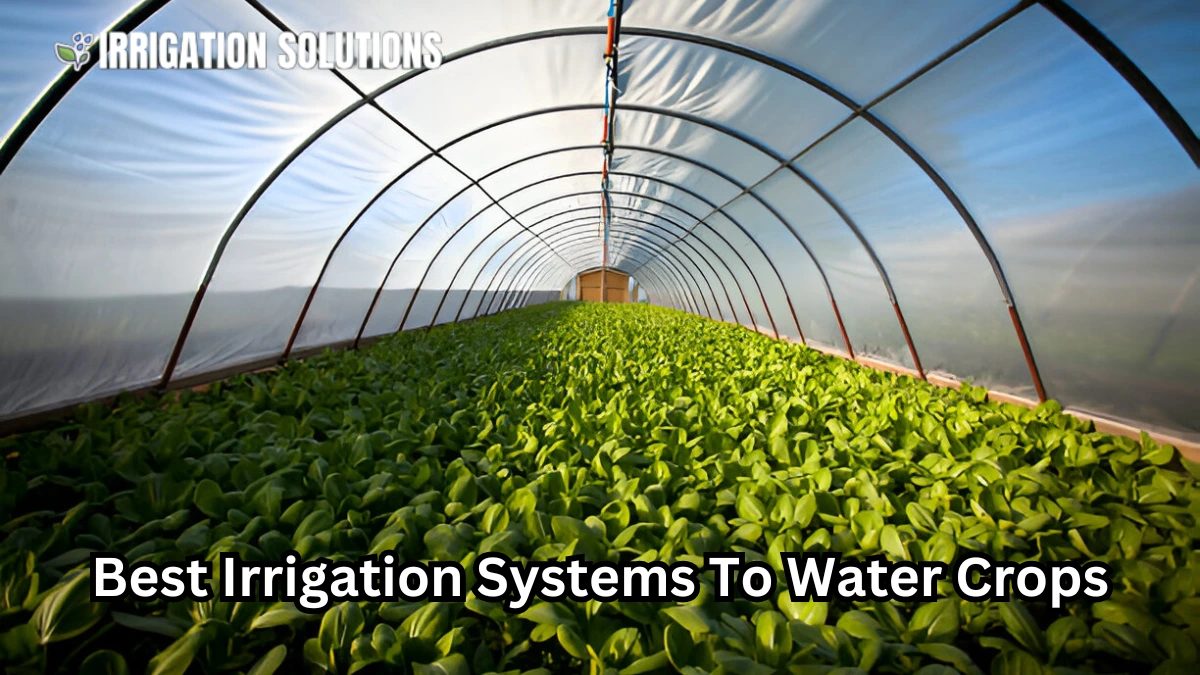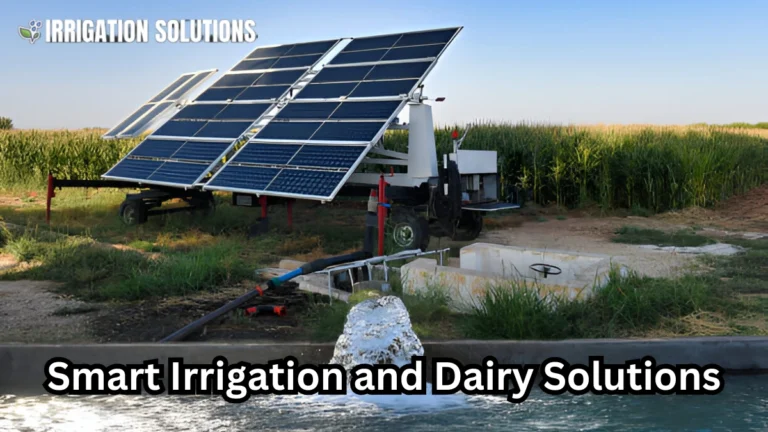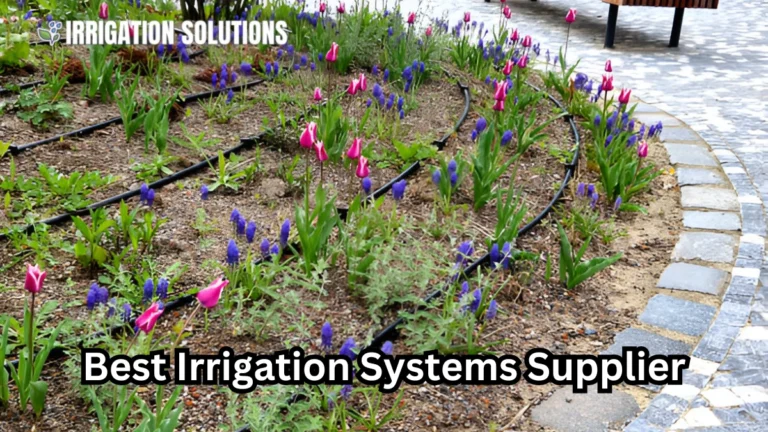best irrigation systems to water crops

Efficient irrigation systems to water crops is crucial for healthy crop growth, especially in regions facing water scarcity. Whether you’re a small scale farmer or managing vast agricultural fields, selecting the right irrigation system can make or break your harvest. This comprehensive guide explores the types of irrigation systems, their benefits, drawbacks, and tips for optimizing water usage.
What is Irrigation?
Irrigation is the controlled application of water to crops at regular intervals. Its primary goal is to supplement rainfall and ensure crops receive adequate moisture for optimal growth. With global water resources under pressure, modern irrigation systems focus on minimizing waste and maximizing efficiency.
Benefits of Efficient irrigation systems to water crops
Efficient irrigation offers numerous advantages:
- Enhanced Crop Yield: Proper watering ensures consistent growth and higher productivity.
- Water Conservation: Advanced systems reduce water wastage by targeting specific areas.
- Cost Savings: Efficient water use can significantly lower utility bills.
- Soil Health Maintenance: Prevents overwatering and soil erosion.
Types of Irrigation Systems
Drip Irrigation
Overview: Drip irrigation involves delivering water directly to the plant’s roots using a network of pipes, tubing, and emitters.
Benefits:
- Reduces water loss through evaporation.
- Targets specific plants, minimizing weed growth.
- Suitable for uneven terrains.
Drawbacks:
- Initial setup costs can be high.
- Clogging of emitters requires regular maintenance.
Best For: Fruit orchards, vineyards, and vegetable crops.
Sprinkler Irrigation
Overview: This system sprays water over crops, mimicking natural rainfall.
Benefits:
- Covers large areas efficiently.
- Easy to automate and schedule.
- Works well with most soil types.
Drawbacks:
- Susceptible to wind drift and evaporation losses.
- High water pressure requirements.
Best For: Grains, pastures, and lawns.
Surface Irrigation
Overview: Water flows over the soil surface, reaching crops through gravity.
Benefits:
- Simple and cost effective.
- Does not require advanced equipment.
Drawbacks:
- High water consumption.
- Risk of waterlogging.
Best For: Rice paddies and low value crops.
Subsurface Irrigation
Overview: Delivers water below the soil surface, directly to the root zone.
Benefits:
- Minimizes evaporation.
- Promotes deep root growth.
Drawbacks:
- Installation can be labor intensive.
- Limited adaptability for certain soil types.
Best For: Permanent crops like trees and shrubs.
Factors to Consider When Choosing an Irrigation System
Crop Type
Different crops have varying water requirements. For instance:
- Rice thrives in flooded fields, making surface irrigation ideal.
- Tomatoes benefit from drip irrigation due to their sensitivity to water on leaves.
Soil Type
Soil texture determines how water moves:
- Sandy soils absorb water quickly, needing frequent irrigation.
- Clay soils retain water, allowing less frequent but deeper irrigation.
Water Availability
In water-scarce regions, opt for systems like drip irrigation that use water efficiently. Surface irrigation may not be suitable in these areas due to its high water demand.
Budget
While advanced systems like subsurface irrigation offer long-term savings, their initial costs might strain small scale farmers. Evaluate your financial capacity before investing.
Innovations in Irrigation Technology
Modern irrigation systems are leveraging technology to improve efficiency:
- Smart Irrigation Controllers: Use weather data to adjust watering schedules automatically.
- Sensors: Measure soil moisture levels to prevent overwatering.
- Drones: Monitor crop health and identify areas needing attention.
Case Study: Drip Irrigation Success in India
In Maharashtra, India, farmers using drip irrigation reported a 30% increase in yield while saving up to 50% water. This innovation significantly boosted their income and minimized water wastage.
Table: Comparing Irrigation Systems
| System | Water Efficiency | Cost | Maintenance | Best For |
| Drip Irrigation | High | Expensive | Moderate | Orchards, vegetables |
| Sprinkler Irrigation | Moderate | Moderate | Low | Grains, lawns |
| Surface Irrigation | Low | Low | High | Rice paddies |
| Subsurface Irrigation | Very High | Very Expensive | High | Trees, shrubs |
Tips for Maximizing Irrigation Efficiency
- Regular Maintenance: Clean pipes and nozzles to prevent clogs.
- Timing Matters: Water early in the morning or late in the evening to reduce evaporation.
- Use Mulch: Retains soil moisture and reduces evaporation.
- Monitor Water Levels: Invest in soil moisture sensors for precise irrigation.
Conclusion
Choosing the right irrigation system is not a one size fits all decision. It depends on your crops, soil, water availability, and budget. By understanding the options and their implications, you can make an informed choice that benefits both your farm and the environment. Remember, efficient water management is key to sustainable agriculture.






